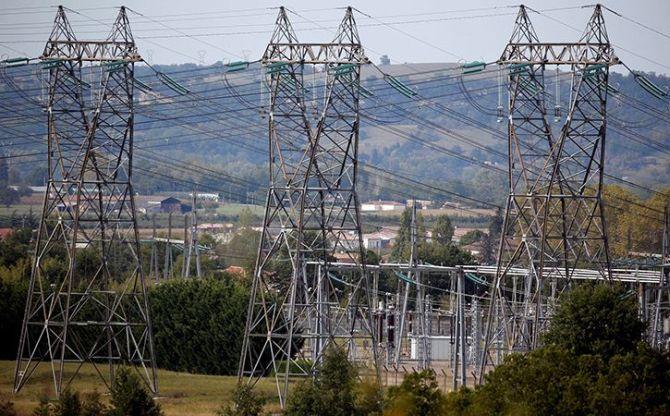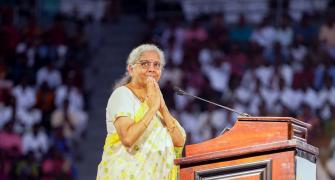To tackle increasing demand, the Union ministry of power has urged central and state public-sector power-generating companies (gencos) and state power and energy departments to pick projects that are undergoing insolvency proceedings.

The power ministry is looking at a quicker turnaround of these stressed power plants and enhancing power supply.
Increasing demand is pushing states to scout for more power sources.
“It is requested that state-owned gencos may be encouraged to participate in the corporate insolvency resolution process (CIRP) of stressed power assets, which are of strategic and commercial significance to the capacity addition plans of the states concerned.
"It is pertinent to mention here that the benefit of taking the National Company Law Tribunal (NCLT) route is that the ‘clean state’ principle is embedded in the Insolvency and Bankruptcy Code (IBC), 2016,” said the advisory issued by the power ministry on November 1.
On the original list of stressed assets put out by the finance ministry in 2018, there were 34 power-generation projects, worth Rs 2 trillion.
Of those, 11 have been resolved through debt-restructuring schemes by the lenders.
These include Jaypee’s Prayagraj, which was bought by a joint venture of Tata Power and ICICI Bank; the Lanco Teesta hydropower project, taken over by state-owned NHPC; and Rattan India Power’s Amravati power project, which was sold to a consortium led by Goldman Sachs.
Adani Power has bought two stressed assets — GMR’s Chhattisgarh power project and Avantha Group’s Korba West power project.
The coal and power ministries initiated two schemes — SHAKTI for coal supply and DEEP for medium-term power-purchase agreements — to revive the plants that face either a coal shortage or lack of power-purchase agreements.
Despite this, there are more than a dozen projects in the NCLT.
State-owned NTPC has acquired Jhabua Power through the NCLT route. The company has repeatedly said it will buy only those assets that land in the tribunal.
State-owned non-banking financial companies (NBFCs) PFC and REC were some of the key lenders to most of these assets.
REC has 14 assets, worth Rs 13,000 crore, undergoing resolution at the NCLT. PFC has 13, worth Rs 14,000 crore, going through the same process. (REC and PFC have some common assets.)
A senior government official said close to 24 assets were stressed and failed to find any resolution — either in or outside the NCLT.
Of the ones not resolved, there are close to 10 assets of 11 Gw which are incomplete and are unlikely to find any taker, said the official.
Another executive at one of the NBFCs said the proposition for the state gencos was lucrative because these assets would come cheaper than setting up a thermal power unit.
The power ministry in its latest advisory has noted stressed projects mainly faced challenges such as inadequate capital investment, shortage/disruption in coal supplies, prolonged recovery under power-purchase agreements, etc.
“Participation of gencos would ensure that such issues are addressed, thereby expediting revival of these assets.
"Their operational and implementation expertise would also help in reducing turnaround time and bringing these stressed assets to operation stage quickly in partnership with other concerned government agencies,” said the advisory, adding this would help the states to meet their increasing power demand economically with significant control.
Sonam Chandwani, managing partner, KS Legal and Associates, said: “State-owned gencos are encouraged to acquire stressed thermal-power assets through the NCLT route to utilise existing infrastructures at a reduced cost, avoid the gestation period of new projects, and enhance the nation’s power-generation capacity.”
The power ministry in its advisory has also listed four assets which, it said, is an indicative list for the stakeholders to consider.
These are Rattan India Power (0.5 Gw), Coastal Energen (1.2 Gw), KSK Mahanadi (1.8 Gw), and Shri Maheshwar Hydro (0.4 Gw). These four are ready to operate or already operational.










